Circuit Breakers

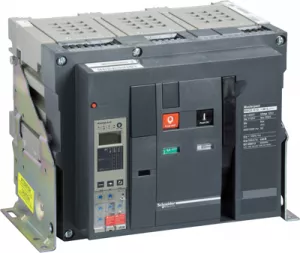
Order No.:
01P4892
Manufacturer SKU:
48261


Order No.:
01P4884
Manufacturer SKU:
48252

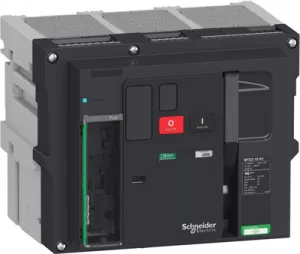
Order No.:
03P6965
Manufacturer SKU:
LV848272

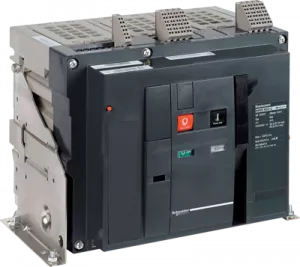
Order No.:
01P5180
Manufacturer SKU:
48747

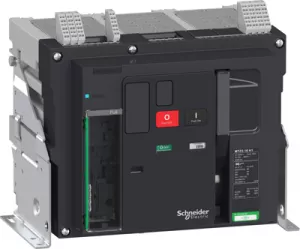
Order No.:
03P6788
Manufacturer SKU:
LV848043

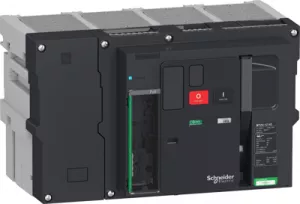
Order No.:
03P6961
Manufacturer SKU:
LV848267

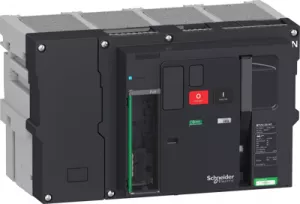
Order No.:
03P7071
Manufacturer SKU:
LV848428

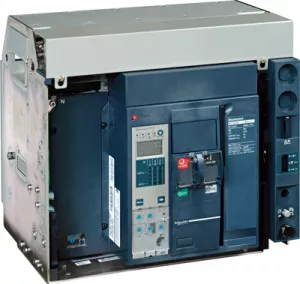
Order No.:
01P4551
Manufacturer SKU:
47227

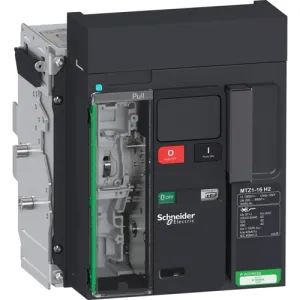
Order No.:
03P6621
Manufacturer SKU:
LV847241

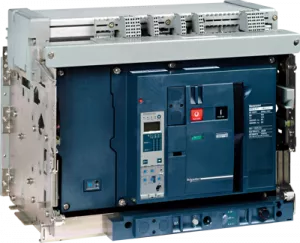
Order No.:
01P4716
Manufacturer SKU:
48008

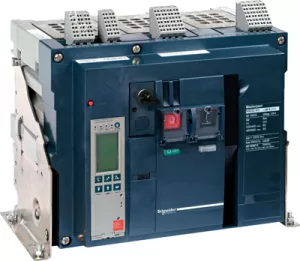
Order No.:
01P4732
Manufacturer SKU:
48030

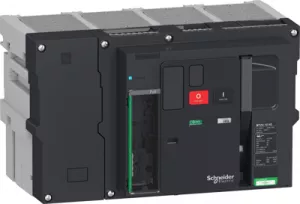
Order No.:
03P6949
Manufacturer SKU:
LV848253

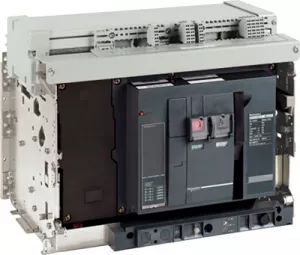
Order No.:
01P4899
Manufacturer SKU:
48269

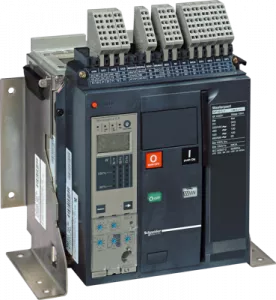
Order No.:
01P4522
Manufacturer SKU:
47151

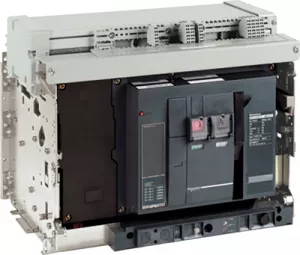
Order No.:
01P4876
Manufacturer SKU:
48242

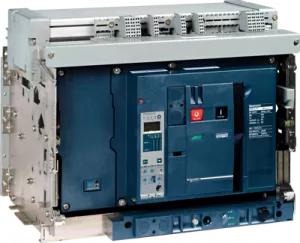
Order No.:
01P4872
Manufacturer SKU:
48238

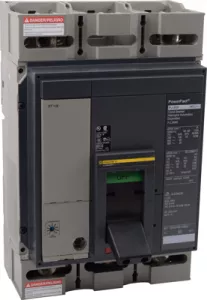
Order No.:
04P5379
Manufacturer SKU:
PKL36100

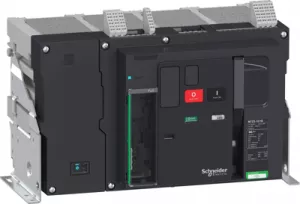
Order No.:
03P6774
Manufacturer SKU:
LV848023

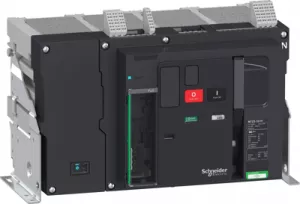
Order No.:
03P6898
Manufacturer SKU:
LV848178

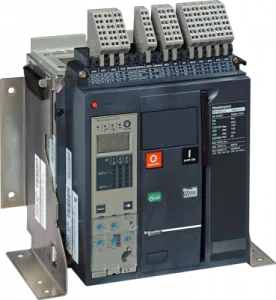
Order No.:
01P4521
Manufacturer SKU:
47150
Safety guaranteed: Functions and advantages of switch-disconnectors
Circuit breakers are used to protect electrical circuits by automatically switching off in the event of an overload or short circuit. They can be switched back on, eliminating the need for one-way fuses. Switch-disconnectors, on the other hand, specialize in safely isolating electrical circuits from the power supply.
Unlike circuit breakers, switch-disconnectors do not perform a protective function, but merely ensure safe isolation as well as prevention of accidental switch-on. Both electromechanical components are indispensable in electrical installations and in the energy sector, with circuit-breakers primarily ensuring the protection of installations, while switch-disconnectors are used for maintenance and repairs.